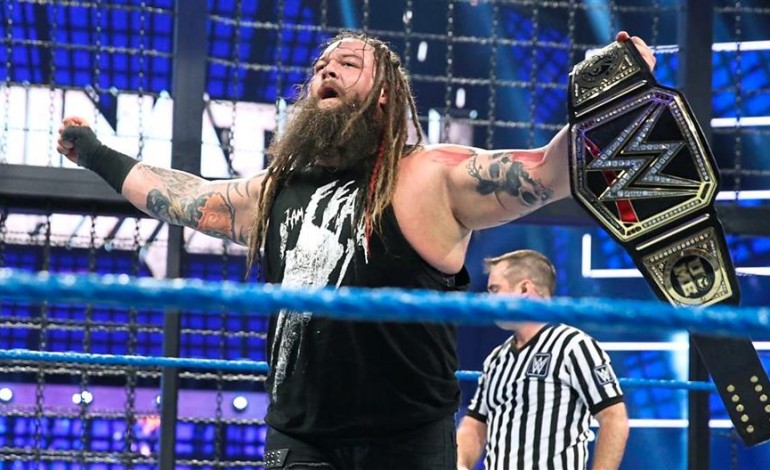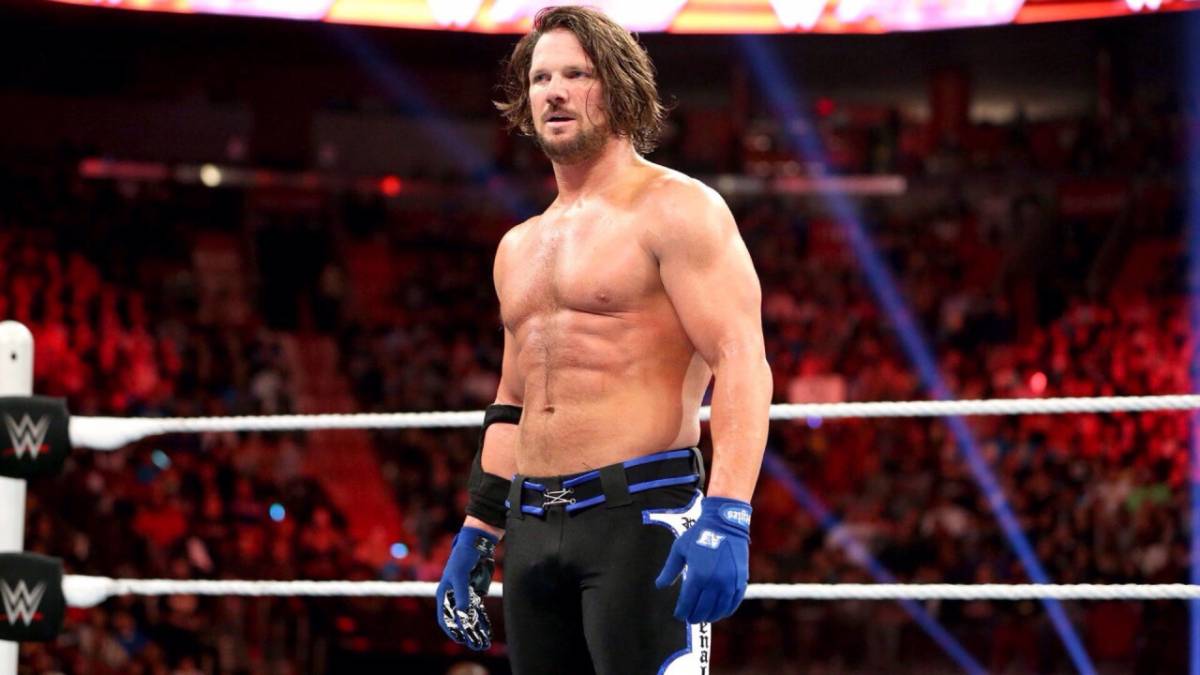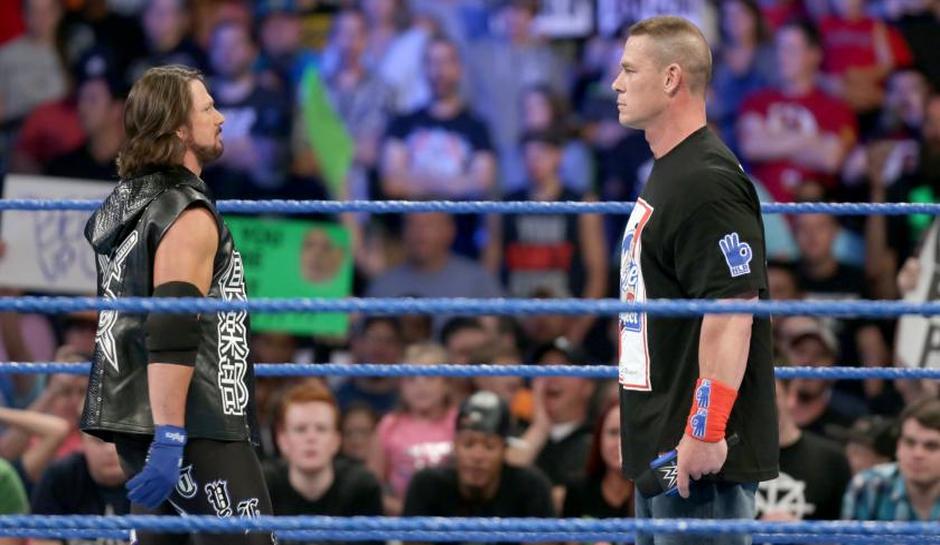How much difference can a year make? Prior to Wrestlemania 32, a very meagre minority of fans were tuning into WWE’s secondary show Smackdown each Thursday night. Leading up to this year’s hotly anticipated Wrestlemania, it’s hard to find someone who isn’t choosing to exclusively use Smackdown as their weekly intake of ‘sports entertainment’ content.
The brand split has been heavily criticised since its return in June of 2016, but one thing is for sure. The blue brand benefitted the most and surpassed the WWE’s flagship brand for months to come. Granted, Smackdown doesn’t get it right every single week. For every burnt Wyatt compound there’s a cringe-worthy cage match finish. But nevertheless, the quality of performance and narrative has improved phenomenally (pun half-intended).
But how, I hear you ask?
Well for starters, they switched up their demographic, their target audience and their niche. What made NXT so immensely popular was their content drifting from the heavy focus on storylines, gimmicks and gags you’d find on Raw. Vince took what was working so well on Wednesday night’s and translated that to prime-time television. The fandom has evolved, expectations have changed and thus the writing must adapt to audience demand.
The Smackdown team realises this and they have managed to create a show which appears fresh, and a giant step away from the cheesy and the outdated.

The ‘new era’ promised new stars and a revitalisation of old concepts. And even though the Raw brand came away from the brand split with the majority of NXT’s brightest stars (Finn Balor, Sami Zayn, Kevin Owens and Samoa Joe) Smackdown has a litany of future-come-present main eventers such as AJ Styles, Bray Wyatt and Dean Ambrose.
With a main event scene being established and supported by members of the old-guard – Cena, Orton and for a very brief moment, The Undertaker – Smackdown has the makings for a solid upper-card for any event. This is precisely what any decent brand of entertainment requires: capable and recognisable talent being propelled by A+ stars.
Both the mid and undercards of the blue brand have also excelled as of late. With less successful names being given some polish and fine-tuning, many have risen to new heights and are peaking in popularity – The Miz, Heath Slater, Dolph Ziggler, The Usos – all members of the roster who have undergone a career revamp whilst contracted to Smackdown.
Obviously there isn’t enough time to give every single name on the roster a chance to shine, nor should there be. But if anything the recent character developments prove the writers are willing to give unsung heroes a chance to headline shows. It seems like they’re already working on building names like Baron Corbin, Luke Harper and Naomi to become more recognised as top-tier talent. So who knows, maybe my wish of The Ascension becoming tag champs could come true by next Wrestlemania.

zonawrestling.net
Another slight alteration which has put Smackdown ahead of Raw in the eyes of the fans is the amount of time given to feuds and narratives. Unlike Raw, which seems to be making a habit of forcing two guys into the ring and expecting everyone to see it as a “big money match” or a personal rivalry, Smackdown takes a more patient approach. Going into Wrestlemania, Randy Orton vs. Bray Wyatt appears to be the indicated World Championship match.
Since Summerslam we’ve witnessed how these two took a very formulaic midcard feud and made it into an intricate Wrestlemania-worthy main event. I’ll level with you here, I’m not the biggest fan of Randy Orton. I tend to find his feuds fairly simple and repetitive to watch. This one, however, has me gripped. It’s part of what has made each Smackdown exclusive pay-per-view an exciting event. Each match is given significant build-up, with even the often considered throwaway matches being assigned at least one segment each week to make them worthy of the audience’s attention.
Finally, the overall logic to a Smackdown show just seems more natural. By that I mean the characters within the show all seem like they can operate outside of the script – the GM is able to make informed and sensible decisions, the wrestlers have legitimate reasons to act the way they do – nothing feels forced or manufactured. The fans can relate to what is happening and feel like their needs are being responded to. Perhaps this is just me reading way too much into what I’m watching, but unlike the kayfabed universe of the Raw brand, I feel like I’m watching a show which has matured and become more self-aware of the demographic it has been aiming itself towards.
Each week you can expect a fresh main-event, which is relevant both in terms of storyline and audience demand. One episode could focus more on the women’s title picture, giving away a steel cage title match between two incredibly talented female wrestlers. The next the spotlight switches to the tag team scene, then to the world title once again, then back to John Cena.
Smackdown operates on what’s hot in the wrestling world, what’s going to be talked about and how it’s going to impact on programming the following week. The brand has come a long way since the days of recycled Raw main events and one-on-one’s with the Undertaker. Would you say for the better? Comment below.
Some of the coverage you find on Cultured Vultures contains affiliate links, which provide us with small commissions based on purchases made from visiting our site. We cover gaming news, movie reviews, wrestling and much more.



